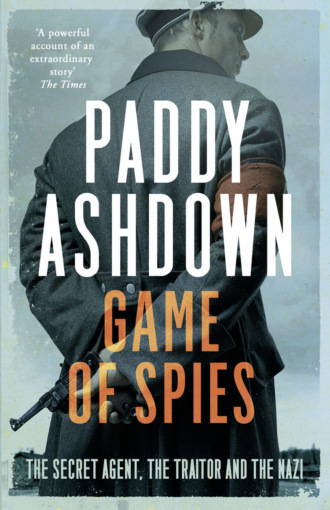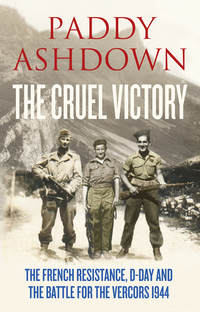Game of Spies: The Secret Agent, the Traitor and the Nazi, Bordeaux 1942-1944

Полная версия
Game of Spies: The Secret Agent, the Traitor and the Nazi, Bordeaux 1942-1944
Язык: Английский
Год издания: 2018
Добавлена:
Настройки чтения
Размер шрифта
Высота строк
Поля
Конец ознакомительного фрагмента
Купить и скачать всю книгу



